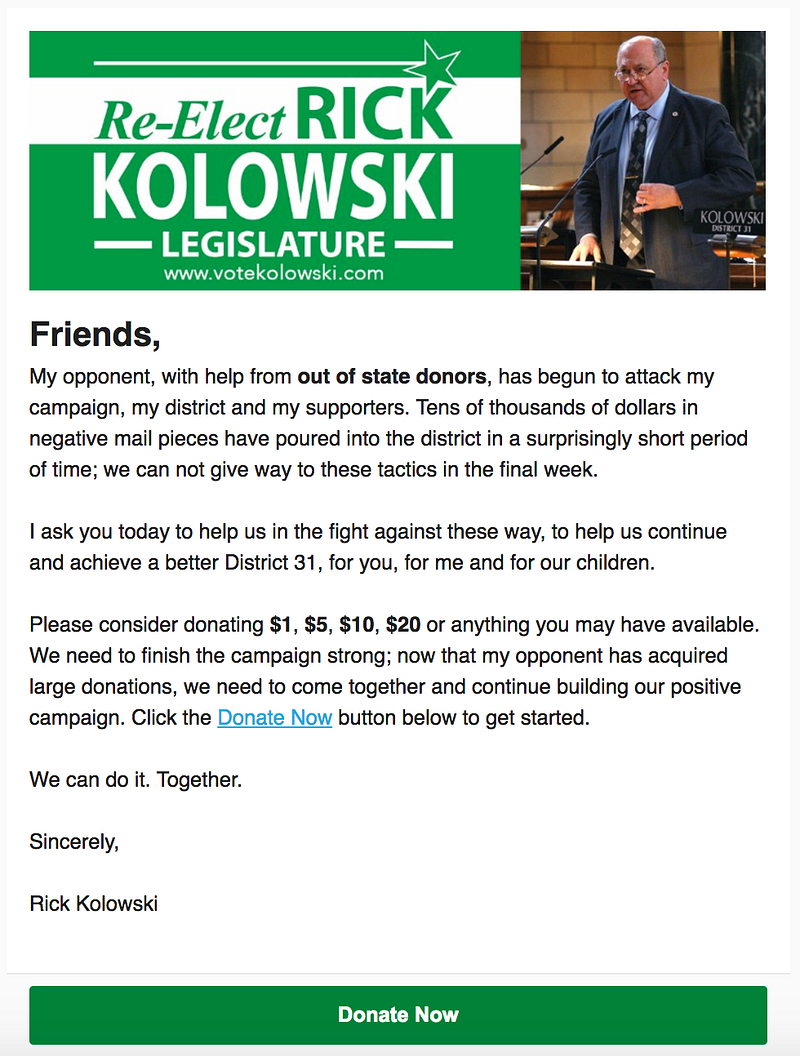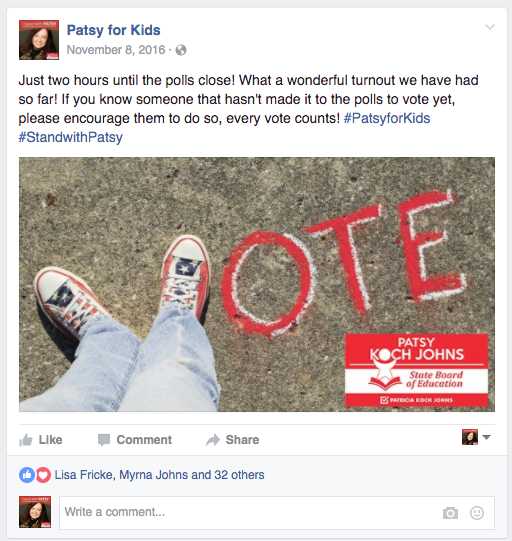Over the course of the next several months, we’ll highlight various ways in which digital communications strategy can shape a down-ballot initiative. In this [brief] introduction, we’ll highlight the specific role of communicating a campaign’s message.
As a communications tool
Probably the most logical use for social media and other digital communications: communicating the campaign’s message. Beyond simply blasting press releases, there are many ways in which digital tactics can be effective.
First, given the diverse ways to communicate digitally (email, SMS messaging, social media, guest blogging), a well-executed digital strategy will assess the various mediums of communication and who the target audience is. Building a persona map for each outlet is key to ensuring your strategy doesn’t simply turn into the “Let’s blast that on social outlets” game.
Use SMS for event-related communications, as well as communicating important deadlines like voting registrations and fundraising/financial reporting deadlines. Some campaigns may also choose to use this as a method to be more personalized with constituents by sending personal birthday greetings or the occasional 1:1 message from a campaign team member.

Email plays a different role in communicating a campaign’s message. While 98% of SMS messages are opened, only 20% (on average) of all emails are opened. Emails tend to have a more “professional” touch and tone to them as they typically come from a campaign-branded email account. Campaigns should use emails to invite people, to share important and urgent messages, to fundraise (!), and to deliver substantive content that is both concise and brief in nature.
In a world where people almost loathe opening their email inboxes, campaign emails should get to the point and have a clear objective an action.

Social media plays an entirely different role in the communications world of campaigns. Because there are so many various social outlets (Instagram, Facebook, Twitter, Snapchat, to name a few), it is important that a campaign remember one thing: social media is meant to be social and not a one-channel communication method.

When we advise candidates on using social media, the first thing we evaluate is the ability to monitor and engage with the people on the other end of the post/tweet/picture/snap. Look at 9/10 politicians’ social media outlets and you will see a stream of endless complaining, threatening, and arguing. Down-ballot initiatives are no different. If a campaign can’t consistently monitor, respond, and proactively promote content on social media, they shouldn’t have it.
As a candidate looks to communicate his or her message using digital tools (social media, email, SMS), an important question to ask: what is the purpose of this social channel and will it deliver ROI? While it seems like a basic question to ask, it is often overlooked in the heat of campaigning. Stay tuned for our next articles where we’ll share the value of each social media outlet, email marketing, and SMS marketing and how to assess if your campaign would benefit from each.
BCom Solutions is an action-oriented digital marketing agency based in Nebraska. Our company provides digital marketing services for campaigns, causes, and companies globally. Visit www.bcom.solutions for more.